In today’s digital-first business world, workflow automation has become more than just a productivity booster it’s a necessity for staying competitive. Companies of all sizes are looking to streamline operations, reduce manual tasks, and build reliable systems that can scale as the business grows. Among the most powerful tools available for this purpose is n8n, an open-source automation platform that offers incredible flexibility for enterprises that want to design and manage complex workflows without being locked into expensive, closed solutions.
As businesses move beyond small-scale deployments and start thinking about enterprise-grade automation, the challenge is not just building workflows, but scaling them. Scaling n8n for enterprise use requires careful planning, optimized infrastructure, and adherence to best practices that ensure reliability, security, and performance. This guide explores how to scale n8n effectively and position it as a core automation engine for large organizations.
Why Scaling n8n Matters for Enterprises
For small businesses, n8n often starts as a way to automate repetitive tasks integrating apps, sending notifications, or processing data. But in enterprise environments, the stakes are higher. Hundreds of workflows may be running simultaneously, connecting dozens of systems and managing sensitive data. Performance bottlenecks or downtime can translate into lost revenue, frustrated employees, and compromised customer experiences.
Scaling n8n is about more than just handling larger volumes of data. It’s about ensuring workflow automation remains consistent, resilient, and adaptable to growth. Enterprises need workflows that run quickly, recover from failures gracefully, and remain secure even under heavy workloads.
Infrastructure Considerations for Scaling
The first step to scaling n8n is choosing the right infrastructure. Running n8n on a single server might be fine for a small team, but enterprises need more robust setups that account for high availability and redundancy.
Cloud environments are ideal for enterprise-scale n8n deployments. Using providers like AWS, Azure, or Google Cloud allows businesses to take advantage of autoscaling, managed databases, and distributed storage. Docker and Kubernetes also play a crucial role here, enabling containerized deployments that can easily scale horizontally across multiple nodes.
Horizontal scaling adding more nodes to share workloads is often preferred for enterprise setups because it increases both capacity and resilience. Vertical scaling, where you simply add more power to a single server, can work initially but often becomes limited as workflows grow in complexity.
Optimizing Database Performance
n8n relies heavily on databases to store workflow data, execution logs, and configuration details. As workflow volume increases, database performance becomes one of the most critical bottlenecks. Enterprises should consider using managed relational databases such as PostgreSQL, which offer better scaling capabilities and high availability.
Proper indexing, query optimization, and regular database maintenance are also essential to avoid slowdowns. Implementing caching strategies can further reduce database load and improve workflow execution speed. For mission-critical environments, database replication ensures that even if one instance fails, another can seamlessly take over.
Security and Compliance at Scale
When scaling n8n in enterprise environments, security cannot be an afterthought. Automation workflows often process sensitive customer information, financial data, or proprietary business insights. Securing this data means enforcing access controls, encryption, and compliance standards such as GDPR or HIPAA where necessary.
Role-based access control (RBAC) allows administrators to restrict who can create, edit, or execute workflows. Using secrets management tools like Vault or AWS Secrets Manager helps secure API keys and credentials. TLS/SSL certificates must be enforced for all communication, ensuring data in transit is encrypted.
For compliance-driven industries, detailed audit logs and monitoring are essential. Enterprises need to know who accessed what workflows, what changes were made, and when. These logs not only provide accountability but also serve as a vital tool for investigating issues.
Workflow Design for Enterprise Scaling
The way workflows are designed can significantly affect scalability. Enterprises should adopt modular workflow design, breaking complex processes into smaller, reusable components. This approach not only makes workflows easier to maintain but also improves performance, as each component can be independently optimized.
Error handling is another critical consideration. In large-scale systems, failures are inevitable, but they don’t have to be catastrophic. Incorporating retries, fallback strategies, and alerts ensures that failures are managed gracefully without disrupting the entire workflow ecosystem.
Additionally, using queue-based processing allows enterprises to handle spikes in workload without overloading the system. By decoupling task execution from workflow triggers, queues ensure that workflows are executed smoothly even when demand surges.
Monitoring and Observability
No enterprise system can scale effectively without proper monitoring. For n8n, observability involves tracking workflow execution times, failure rates, and resource utilization. Tools like Prometheus, Grafana, or ELK Stack can integrate seamlessly to provide dashboards and alerts.
With monitoring in place, businesses can proactively identify bottlenecks and optimize performance before they become critical issues. Observability also supports capacity planning, ensuring that infrastructure investments match actual usage patterns.
Integrating n8n into Enterprise Ecosystems
Enterprises rarely rely on a single tool. n8n must integrate seamlessly with a wide range of systems including CRMs, ERPs, customer support platforms, and data warehouses. This requires robust API management and sometimes middleware to ensure workflows can communicate reliably with third-party applications.
Scaling integrations involves setting limits and throttling mechanisms to avoid overwhelming connected systems. For example, if a workflow is pulling thousands of records from an external API, implementing rate limits ensures compliance with API policies while avoiding disruptions.
Cost Management for Scaled Deployments
Scaling n8n can increase infrastructure costs if not managed carefully. Enterprises should balance performance and cost by optimizing workflows to reduce unnecessary executions, implementing resource-efficient designs, and leveraging cloud cost-management tools.
Running workloads on spot instances, using autoscaling groups, and turning off idle resources are practical ways to save costs without sacrificing reliability. Cost visibility is essential, so finance teams can align automation spending with business value.
Cultural and Organizational Shifts
Scaling automation is not just about technology it requires cultural adoption as well. Enterprises must train teams to design, monitor, and manage workflows effectively. Automation should be viewed as a strategic initiative, not just a technical one. By aligning business units and IT teams, organizations can ensure that workflows serve real business goals while maintaining technical excellence.
Encouraging collaboration across departments also helps identify automation opportunities that might otherwise be overlooked. Governance models ensure that automation is not fragmented but instead follows consistent best practices across the enterprise.
Conclusion
Scaling n8n for enterprise workflow automation is about building systems that are robust, secure, and adaptable to growth. By focusing on infrastructure, workflow design, observability, and organizational culture, businesses can unlock the full potential of n8n and ensure that automation becomes a reliable driver of success.
At Soraia, we help enterprises design and scale workflow automation strategies that are both powerful and sustainable. If you’re ready to take your automation to the next level, contact us today at +33 769318855 or +39 3513850536 and let’s discuss how we can support your business transformation.
Key Takeaways
Scaling n8n is essential for enterprises that want reliable, high-performance automation. Infrastructure choices, database optimization, and security practices all play crucial roles. Workflow design and monitoring must be approached strategically, while cost management ensures efficiency. Beyond the technical aspects, cultural adoption is key to making automation a long-term success.
Our Opinion
At Soraia, we believe scaling automation is not just a technical upgrade it’s a mindset shift. By treating n8n as a strategic asset rather than just a workflow tool, enterprises can transform how they operate and innovate. The key is to focus on both the technology and the people who will drive its success.
Frequently Asked Questions
Is n8n suitable for large enterprises?
Yes, n8n is highly flexible and, when scaled properly, can handle enterprise-grade workflows across multiple departments.
What infrastructure is best for scaling n8n?
Cloud-based, containerized environments using Kubernetes or Docker are ideal for horizontal scaling and high availability.
How do I secure sensitive data in n8n workflows?
Use encryption, role-based access controls, and secrets management systems to protect credentials and sensitive information.
What are common bottlenecks when scaling n8n?
Database performance and poorly designed workflows are common bottlenecks. Optimizing both ensures smoother scaling.
How do I control costs while scaling n8n?
Leverage cloud cost-optimization tools, autoscaling, and efficient workflow designs to avoid unnecessary expenses.




.avif)


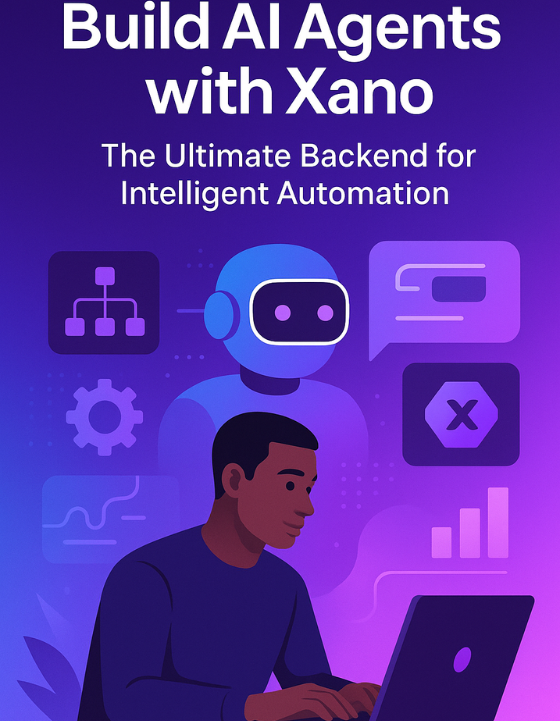
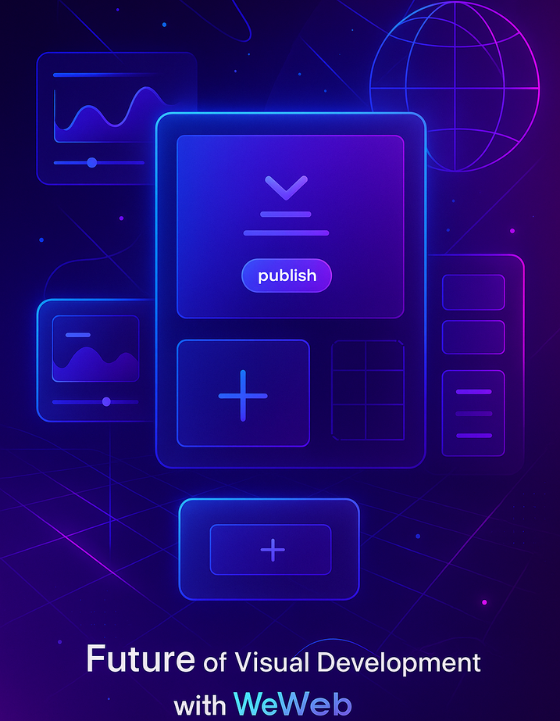
.png)
.png)
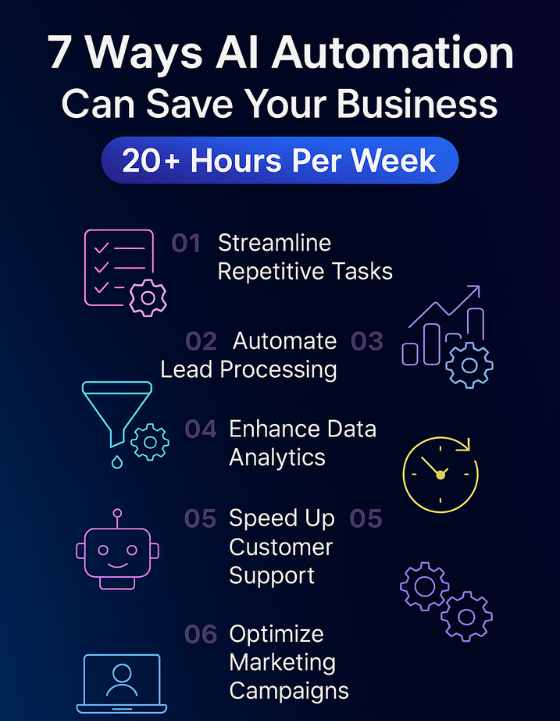
.jpg)
.jpg)
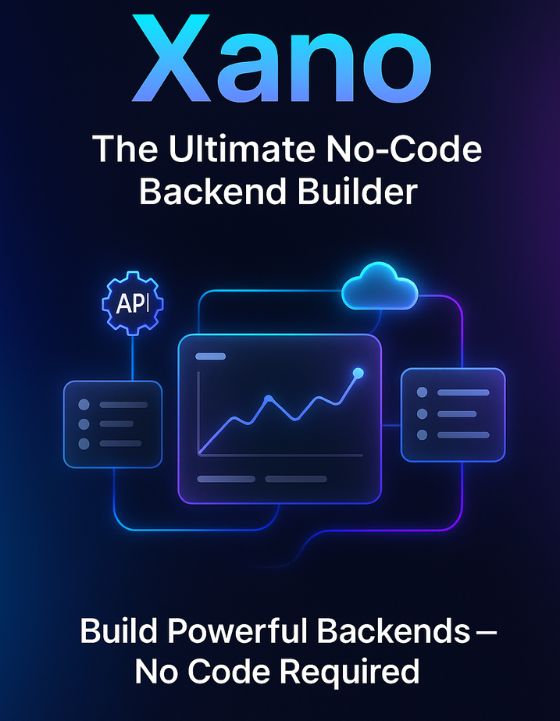
.png)
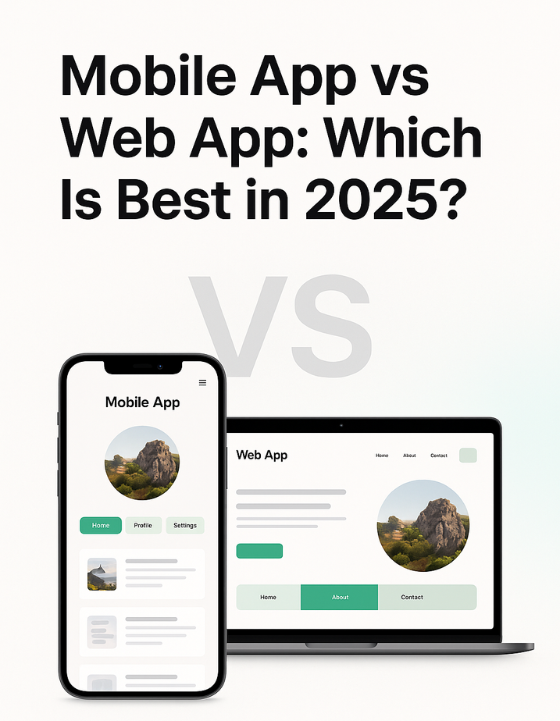
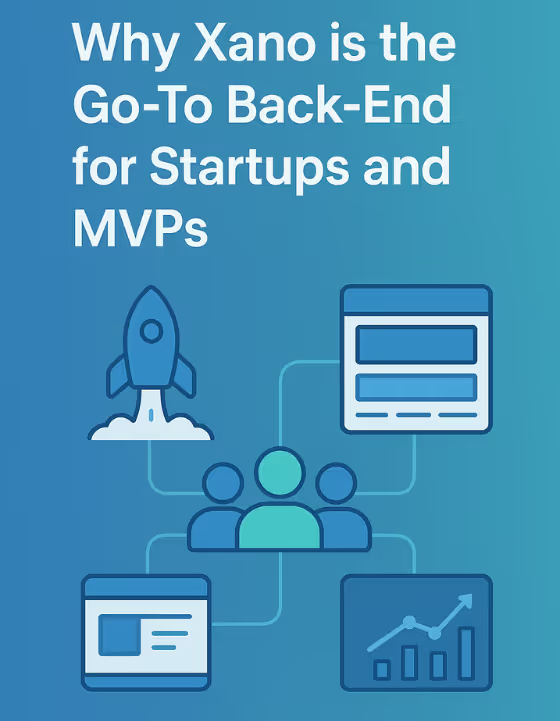



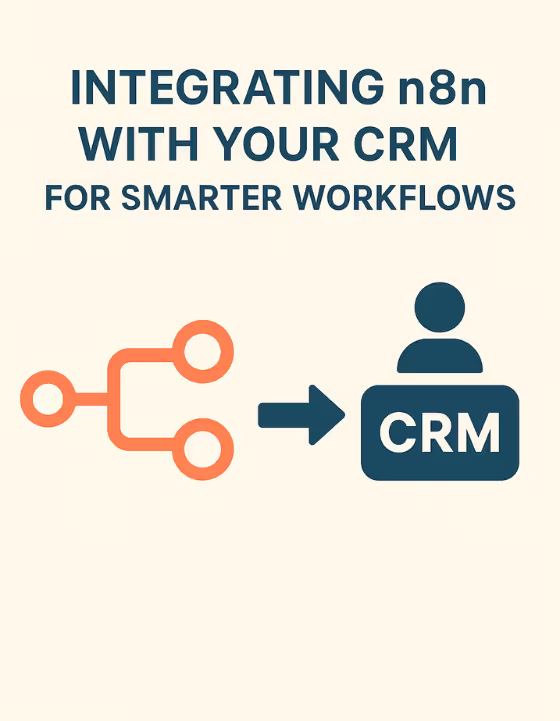
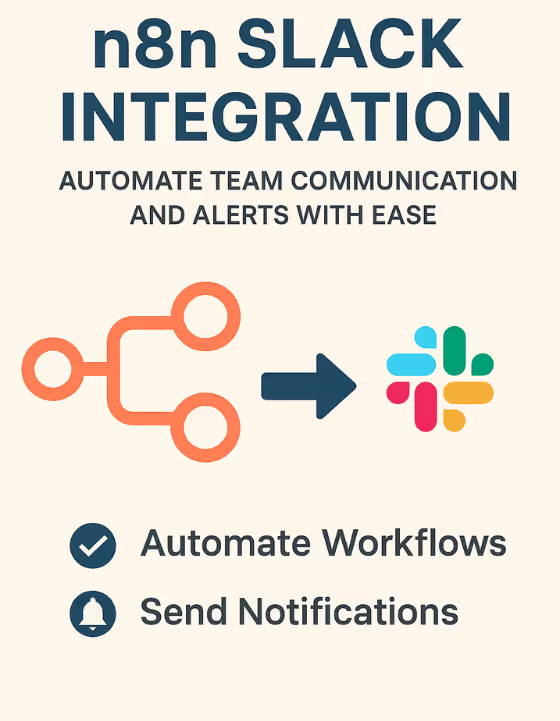













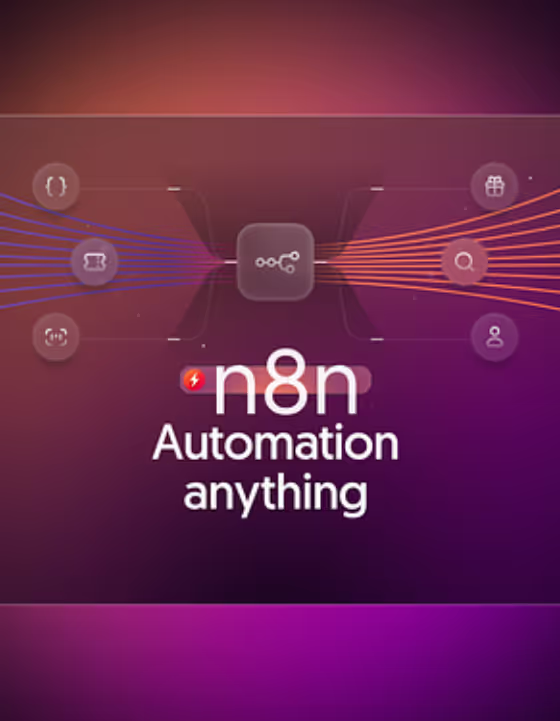


.avif)






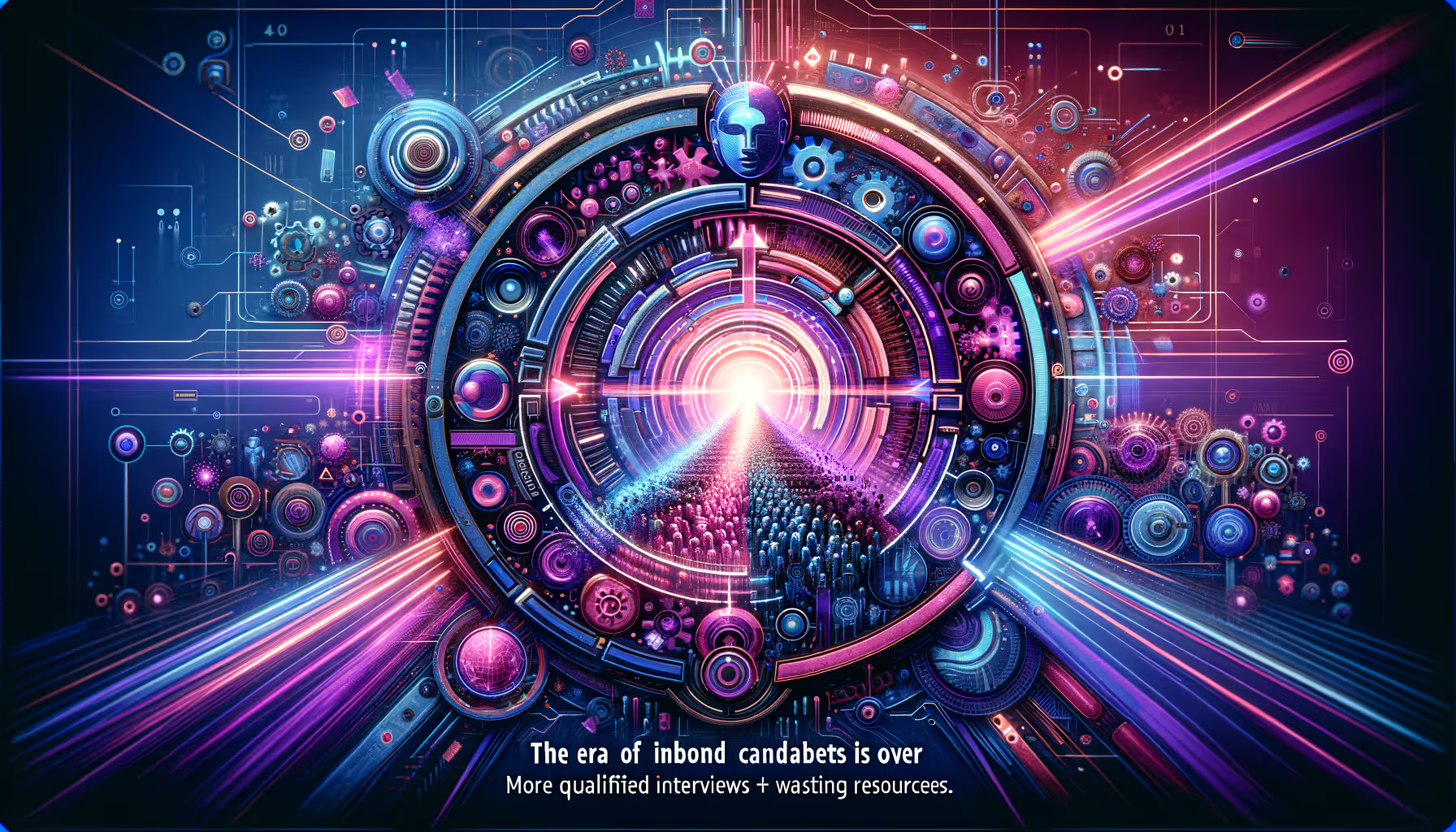
















.avif)














.avif)

.webp)





